In a pandemic, shellfish farmers find much-needed relief through community supported aquaculture programs, or CSAs
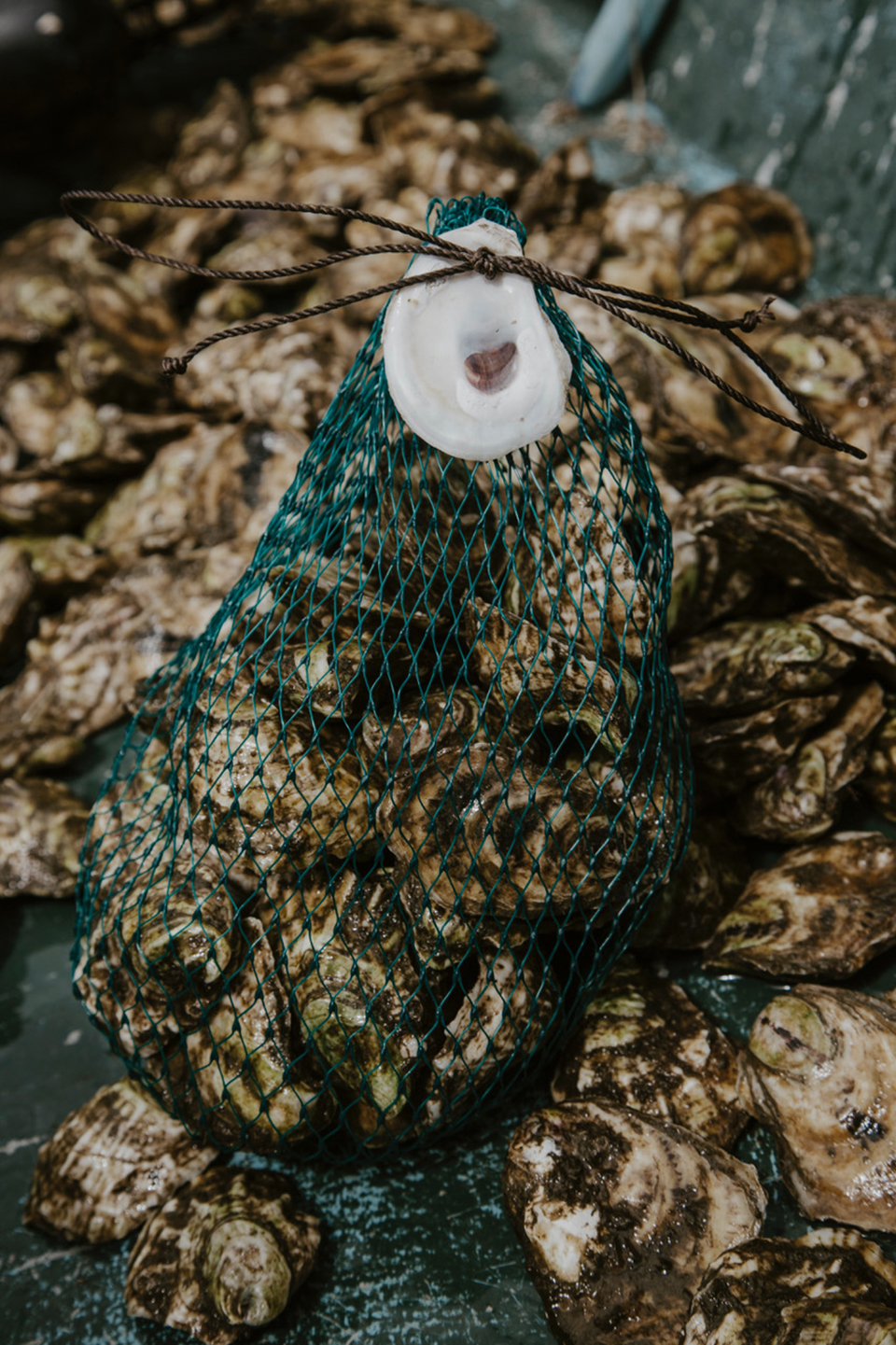
Since Michael Gilman took out his first leases in 2010, almost 100 percent of the cage-grown oysters that he produces for Indian River Shellfish were sold to restaurants and other wholesale accounts.
“Some people would come to the dock to ask about buying oysters so we set up a white board on our delipidated oyster shack where people could leave orders,” recalls Gilman. “It was just these little one-off sales, never something we counted on for income.”
The global coronavirus pandemic changed all that. At the same time restaurants closed and wholesale accounts canceled orders, calls started coming in from customers who wanted to purchase fresh shellfish, direct.
Gilman turned the oyster shack on the docks in Madison, Conn., into a makeshift retail shop, posted “oysters available” and almost overnight, Indian River Shellfish started generating most of its income from direct-to-consumer sales.
“That first Saturday we sold oysters from the dock, we sold out in under two hours,” he recalls.
https://www.aquaculturealliance.org/advocate/cup-size-matters-but-for-oysters-branding-matters-more/
Pandemic pivot
The pandemic has forced many links of food supply chains to adapt their models. Research shows that as few as 4 percent of producers sold farmed seafood through direct-to-consumer channels before the coronavirus pandemic hit and the loss of wholesale accounts led to significant declines in revenues – in the United States, historically about two-thirds of all seafood sales are to foodservice. In Florida, shellfish aquaculture producers reported a 75 percent decline in sales due to the pandemic.
While low market demand and reduced revenues due to COVID-19 are major concerns for aquaculture operators worldwide, a United Nations Food and Agriculture Organization report noted, “small-scale aquaculture and fish farming operators in areas where fish imports are important may benefit from reduced competition, especially if they can secure their retail markets.”
Creative operators pivoted to direct to consumer sales, launching Community Supported Aquaculture (CSA) programs. The CSA concept is popular with land farmers who charge customers upfront, promising weekly – or biweekly – shares of the harvest throughout the season, providing a direct connection to fresh, locally grown vegetables. Aquaculture producers have copied the model, introducing customers to farmed seafood.
In the last two years, several aquaculture operations have launched community supported aquaculture programs. Little Ram Oysters, Indian River Shellfish, Emily’s Oysters and Walrus and Carpenter Oyster Farms all sell farmed oysters via CSA shares while Rolling Blue Farm operates a shrimp CSA.
Emily Selinger of Emily’s Oysters in Freeport, Maine, built her business around the CSA model.
“The first season [in 2019], I only had a small amount of oysters that were big enough to sell so it didn’t make sense to strike up relationships with restaurants,” Selinger recalls. “The CSA model is well-suited to aquaculture [because] we have a good sense of how much product we have on the farm and it’s a clever way to get people to buy oysters week after week.”
Selinger offers two CSA options: Eight dozen oysters for $140 or four dozen oysters for $85. Rather than meting out shares each week, customers can request oysters as needed throughout the season. In 2019, 50 subscribers signed up for the CSA and membership has “grown a lot” since then; Selinger credits the pandemic for the boost.
In the North Fork on Long Island, N.Y., Little Ram Oyster Company generated 100 percent of its sales of farmed oysters to local restaurants and the pandemic-related closures threatened their business.
“COVID hit a year after we bought the farm and it threw a big wrench in our business plan,” admits Stefanie Bassett. “We had to start thinking creatively.”
Bassett, along with partner Elizabeth Peeples, decided to open a farm stand at their home. The pair often sold to the same customers week after week and learned that some were driving up to 90 minutes to buy oysters, fretting about getting to the farm stand before the oysters sold out. Those conversations sparked the idea to establish a CSA.
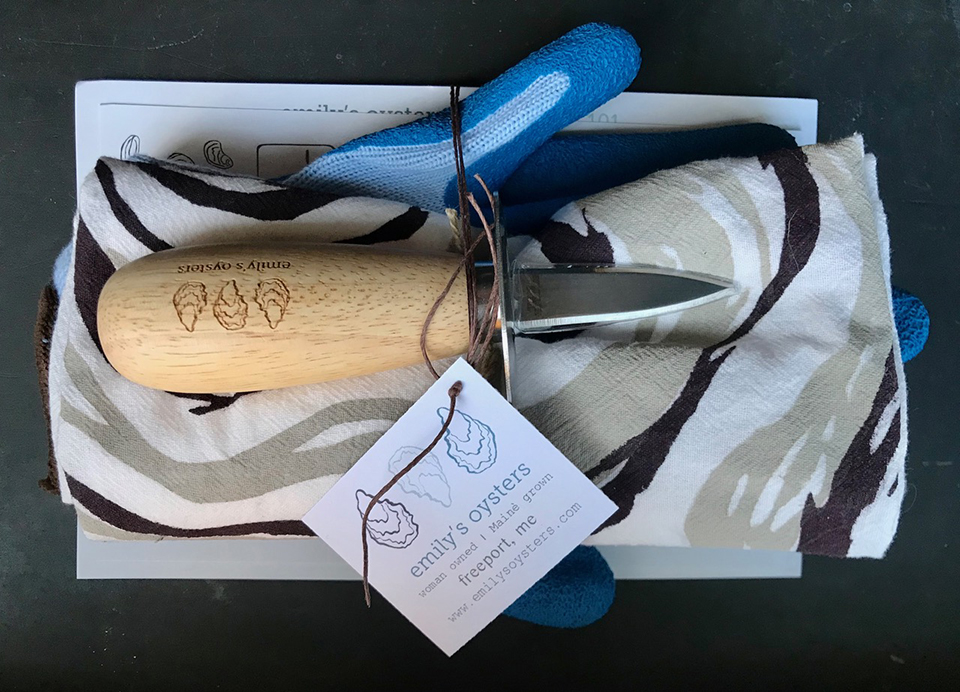
More work, bigger payoff
Earlier this year, Little Ram Oyster Company introduced 15- and 31-week CSA shares with prices starting at $540; sales exceeded their goals.
“It was a great opportunity to guarantee that [our customers] would have oysters,” Bassett said. “It also helps us know, up front, what part of our income will be for the year [and] we can use the money to buy seed for next year.”
Revenues are often higher for operators who sell farmed shellfish through retail channels. While the wholesale price for oysters ranges from 40 to 50 cents per oyster, Gilman sells oysters dockside for $1 each; Selinger earns up to $1.77 per oyster via the CSA.
Despite the success of the CSA model, operators compare the path to direct-to-consumer sales to swimming upstream.
“There are a lot of extra hoops for the direct-to-consumer/CSA model,” Selinger admits.
Gilman had to establish a social media presence, build a website with online ordering, create consumer marketing materials, set up accounts to accept payments like Venmo, and allocate staff to serving customers.
As CSAs become more common, operators have to look for opportunities to stand out. Selinger offers a shucking kit and lessons with each CSA membership and Bassett includes add-ons like kits to with ingredients to make a bloody mary or chowder.
Bassett doesn’t see the increasing number of aquaculture CSA options as competition. Instead, she said, “It’s a way to grow our businesses and the industry.”
Gilman agrees. He plans to continue direct-to-consumer sales after COVID clears town.
“We’re never going to sell hundreds of thousands of oysters from our dock so we will return to wholesale accounts,” he said. “When you wholesale, you have no idea where your oysters go; at the dock, we get the stories that someone is buying oysters for an anniversary or family reunion or other celebration; there’s a connection to the community.”
Follow the Advocate on Twitter @GAA_Advocate
Now that you've reached the end of the article ...
… please consider supporting GSA’s mission to advance responsible seafood practices through education, advocacy and third-party assurances. The Advocate aims to document the evolution of responsible seafood practices and share the expansive knowledge of our vast network of contributors.
By becoming a Global Seafood Alliance member, you’re ensuring that all of the pre-competitive work we do through member benefits, resources and events can continue. Individual membership costs just $50 a year.
Not a GSA member? Join us.
Author
-
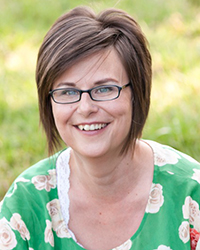
Jodi Helmer
Jodi Helmer is a North Carolina-based journalist covering the business of food and farming.
Tagged With
Related Posts
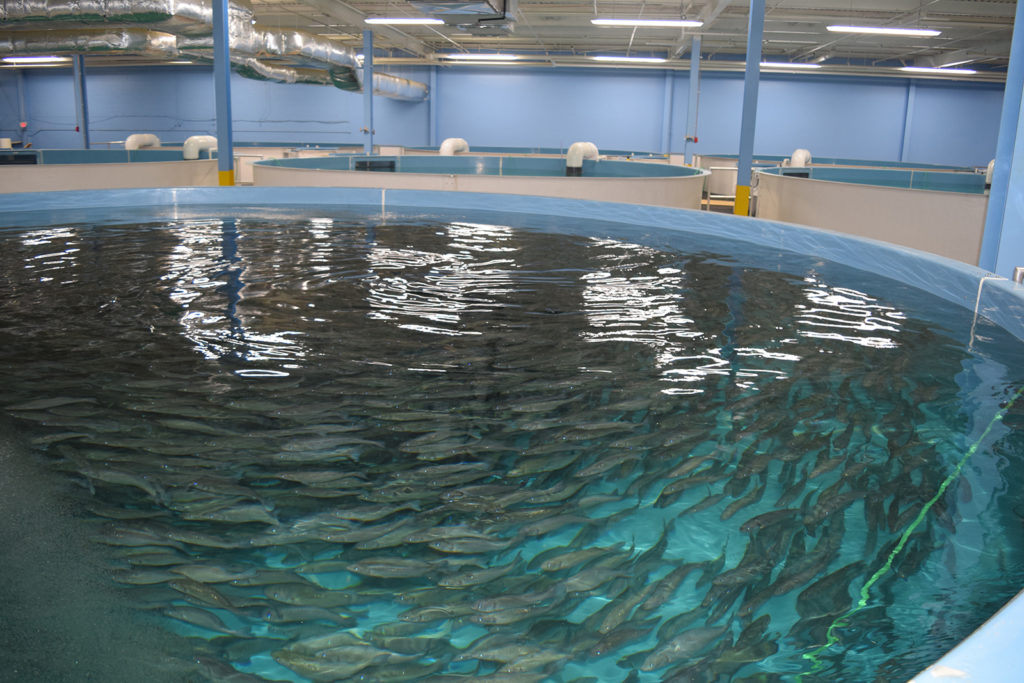
Intelligence
RAS in the USA: Fad or future?
A rash of large-scale, land-based recirculating aquaculture systems (RAS) are planting their flags on U.S. soil, even though it will take several years and hundreds of millions of dollars of investment before they produce their first sellable fish.
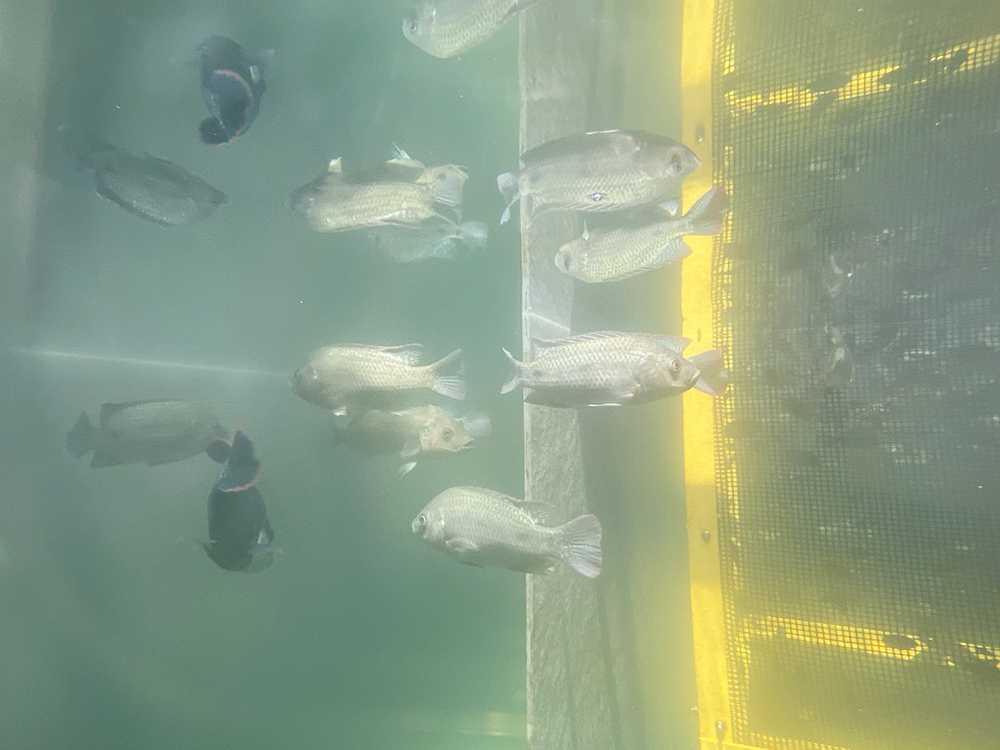
Innovation & Investment
Going up: High hopes for a vertical aquaculture venture
Because space is a limiting factor for land-based aquaculture production, one Singapore company is developing a vertically configured RAS for shrimp.
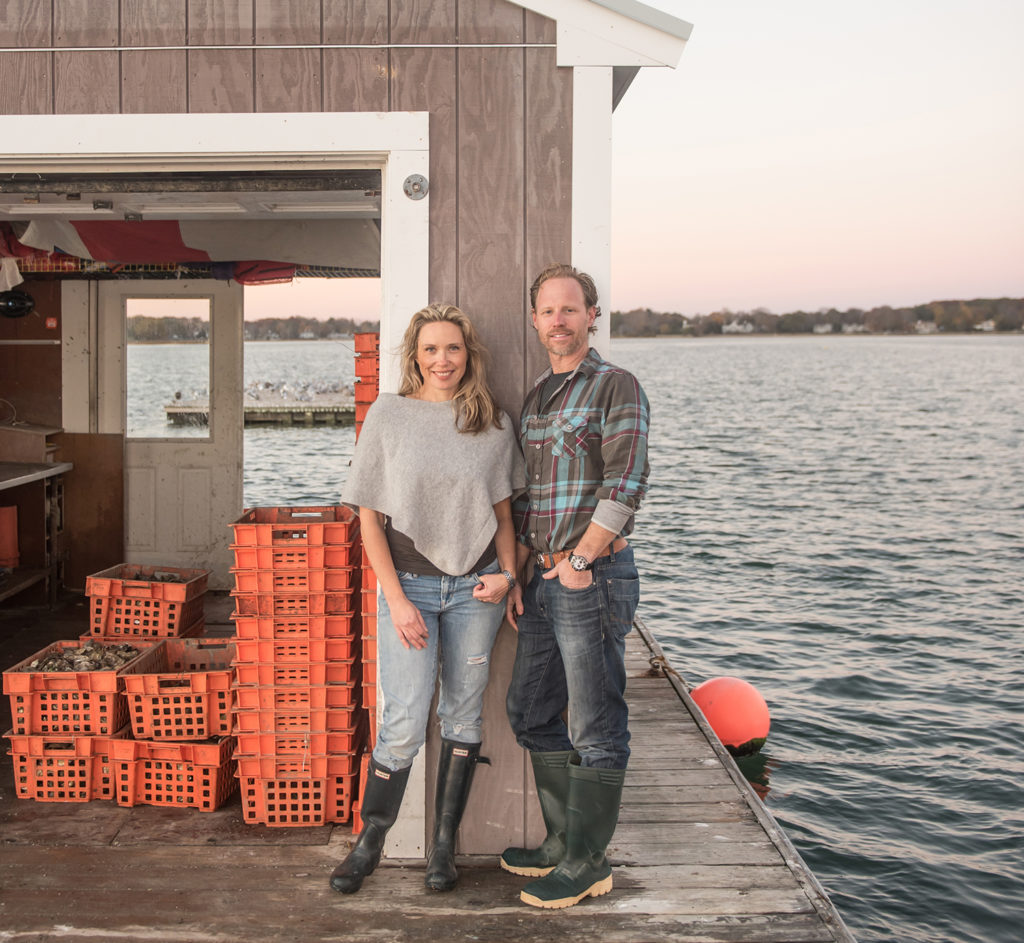
Intelligence
Buy-valves: Massachusetts farmers grow online oyster business
When Real Oyster Cult walked off with a $5,000 prize at Fish 2.0, it was solid affirmation that its online oyster commerce concept is on track for success.
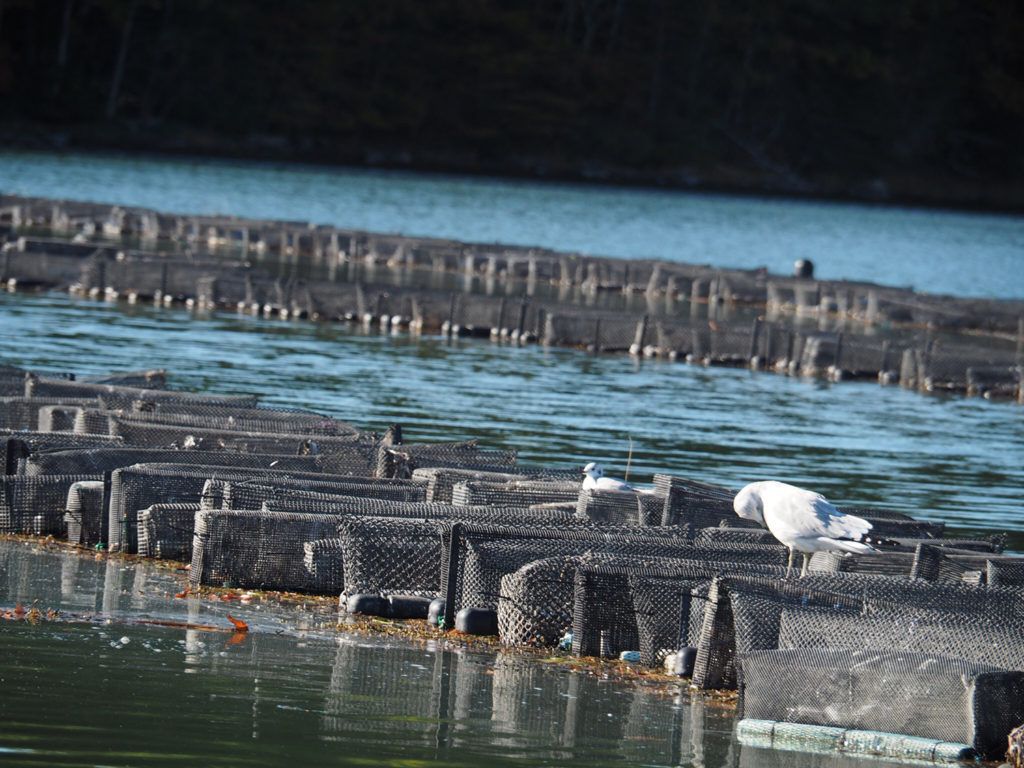
Intelligence
Shellfishiency: Oyster farmers step boldly into the digital age
The online platform Oyster Tracker is designed to help oyster farmers keep track of inventory and make better use of their time on the water.

